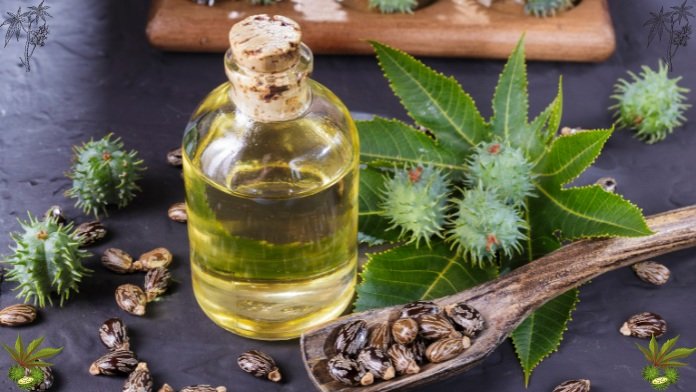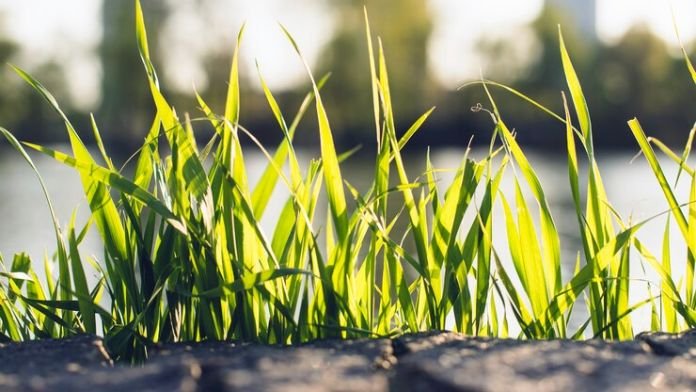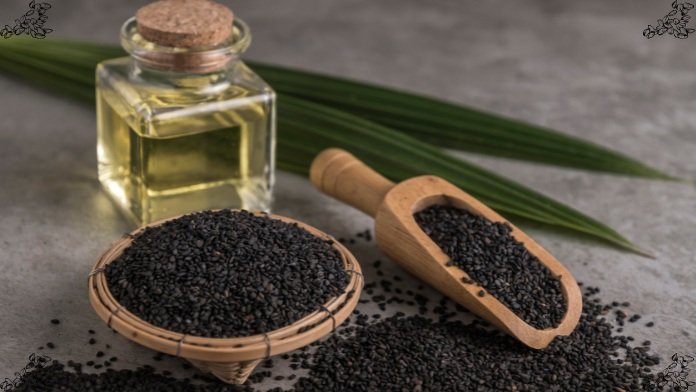Growing Milkweed from Seed: The Best Impact of Milkweed
August 15, 2024 | by Noor Nahar Tarin
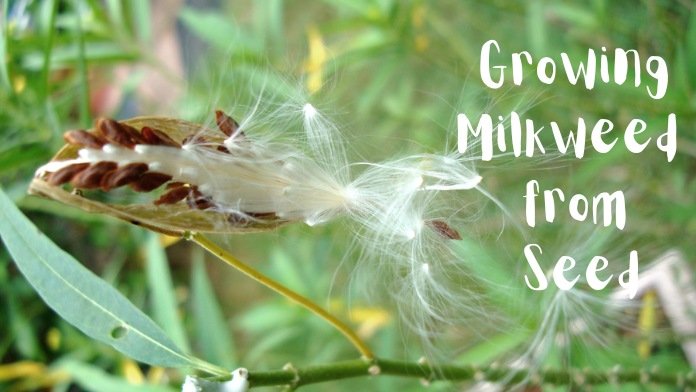
Milkweed is a beautiful and essential natural plant, especially for butterflies like monarchs. Growing Milkweed from seed is easy and fun, and it helps the environment, too!
In this guide, we’ll learn how to grow Milkweed from seed. We will also find out how long it takes Milkweed to grow from seed.
What is Milkweed?
Milkweed is a beautiful flowering plant and essential to butterflies. Monarch butterflies, in particular, lay their eggs on Milkweed, and when the eggs hatch, the caterpillars eat the leaves to grow bigger and stronger. There are different types of Milkweed, and they all play unique roles in helping nature.
Why should you grow Milkweed from seed?
Growing Milkweed from seed is a great way to help butterflies and pollinators. Create a habitat for these amazing creatures by planting Milkweed in your garden. Plus, milkweed plants are beautiful and add color to any garden. Here’s why you should grow Milkweed from seed:
Help Monarch Butterflies: Monarch butterflies need Milkweed to survive.
Easy to Grow: Even for beginners, growing from seed to milk is easy.
Good for the environment: Growing Milkweed supports ecosystems by attracting pollinators like bees and butterflies.
Growing Milkweed from seed
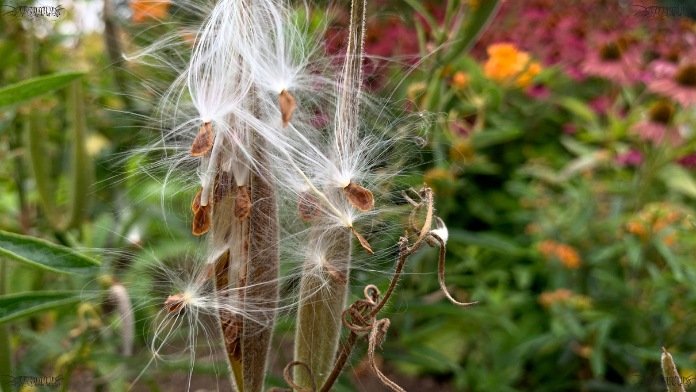
Growing Milkweed from seed is a simple process. Let’s learn how!
How to get seeds
Where to get seeds: You can buy milkweed seeds online or collect them from existing plants in the fall. When the seed pods open, they release fluffy seeds that are ready for planting.
How to prepare seeds
Soaking seeds: Some gardeners prefer to soak seeds in water for 24 hours before planting. This helps soften the seed coat and makes it easier for them to germinate.
Cold Stratification: Milkweed seeds require a cold period before germination. To simulate winter, place the seeds on a damp paper towel in a plastic bag and refrigerate for 30 days.
Sow the seeds
When to Plant: The best time to plant milkweed seeds is in the spring, after the last frost.
How to plant: Sow the seeds on the soil’s surface and press lightly. Cover them with a thin layer of soil, but not too much. Milkweed seeds need light to germinate.
How to Grow Milkweed Plants from Seed
Once you’ve planted the seeds, it’s time to help them grow into vigorous, healthy plants.
Water
Watering the seeds: Keep the soil moist but not soggy. Water carefully so as not to wash away the seeds.
Plant Care: Water plants regularly as they grow, especially during dry periods. Be careful not to overwater them, as Milkweed dislikes being in water.
Sunlight
Needs Sunlight: Milkweed loves the sun! Ensure your plants get enough sunlight daily, at least 6 hours.
Seedling thinning
Thinning: If you plant many seeds, you must thin them out to encourage plant growth. Remove the weakest seedlings and leave the most vigorous about 45 cm apart.
Grow Milkweed from seed indoors.
You can grow Milkweed from seeds indoors if you want to get started.
Start indoors
Choosing a pot: Use small pots or seed trays to start your seeds indoors.
Use the suitable soil: Fill pots with potting soil. This type of soil is light and helps the seeds to germinate.
Plant the seeds indoors.
Plant: Place seeds on top of the soil and cover lightly with more soil. Remember that milkweed seeds need light to germinate.
Light and warmth: Place containers in a sunny window or under grow lights. Keep the temperature warm, about 70°F (21°C).
Outdoor Transplant
When to transplant: Once the seedlings are a few inches tall and the weather warms, it’s time to move them outside.
How to transplant: Carefully remove the seedlings from their pots and plant them in the garden, about 1 inch apart
How to Grow Hairy Ball Milkweed from Seed
Hairy ball milkweed, also known as the balloon plant, is a unique and fun type of Milkweed to grow.
First step
Obtaining seeds: Hairy ball milkweed seeds can be purchased online or at garden centers.
Seed Preparation: Follow the same soaking and cold stratification steps as regular milkweed seeds.
Planting Hairy Ball Milkweed
Planting: You can start seeds indoors or plant directly into the garden after the last frost.
Germination Time: Hairy ball milkweed seeds usually germinate for 7 to 14 days.
Hairy ball milkweed growth and care
Sunlight and Water: Like other milkweed varieties, hairy ball milkweed loves the sun and needs regular watering.
Tall Plants: This plant can get quite tall, so be sure to plant it in an area with plenty of space.
How long does it take to grow Milkweed from seed?
Milkweed is the patient gardener’s friend. It increases over time but is worth the wait.
Germination time
Germination: Milkweed seeds usually take 3 to 4 weeks to germinate. Be patient, as it may seem slow at first.
Growing maturity
First-Year Growth: During the first year, milkweed plants focus on developing strong roots. You can see flowers in the second year.
Blooms: By the second year, your milkweed plants should bloom and attract butterflies.
useful life
Perennial: Milkweed is a perennial plant that will return year after year. Once established, it will be a permanent part of your garden.
Fun facts about Milkweed
Milkweed Sap: Milkweed plants produce a toxic milky sap that is poisonous to many animals. This sap helps protect plants from being eaten.
Butterfly Magnet: Monarch butterflies rely on Milkweed to lay their eggs. Monarchs cannot live without Milkweed.
Beautiful Flowers: Milkweed flowers are essential for butterflies and look stunning in the garden.
Conclusion
Growing Milkweed from seed is a rewarding and fun project for the whole family. It’s easy to make and helps the environment by helping butterflies and pollinators. Whether you grow common Milkweed or try the unique hairy Milkweed, you’ll enjoy seeing these gorgeous plants grow in your garden.
By following the steps in this guide, you’ll learn how to grow milkweed plants from seed, how to grow Milkweed indoors, and even how long it takes to grow Milkweed from seed. With patience and care, you’ll have a garden full of beautiful milkweed plants that will return year after year.
Happy gardening!
RELATED POSTS
View all
